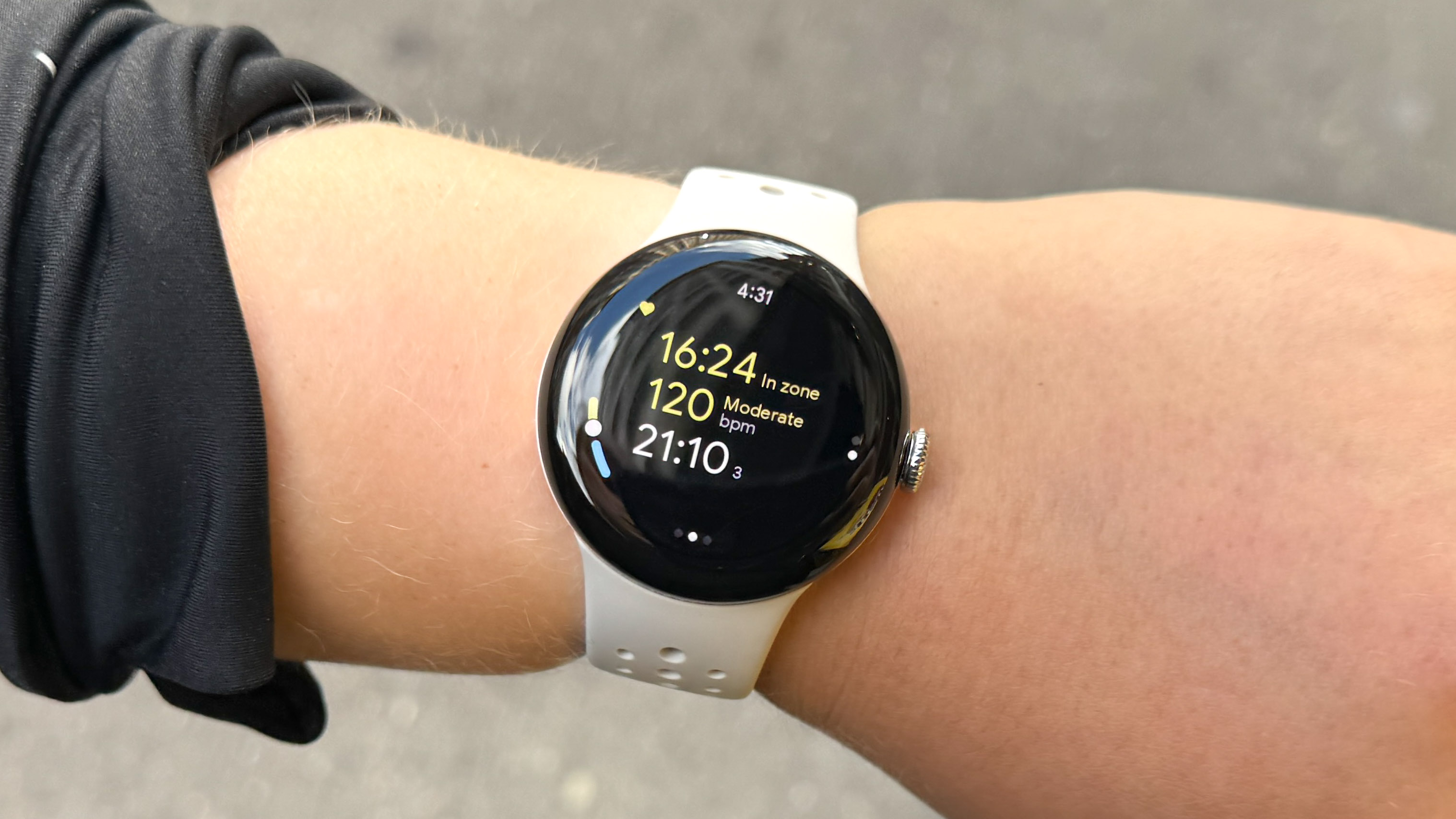I had major Pixel Watch 2 battery life concerns — but Google's smartwatch proved me wrong

I didn’t expect the Google Pixel Watch 2 battery life to impress me. Google claimed that its second-generation smartwatch had the same 24-hour battery life as before, but now it would last that long with the always-on display enabled. And while I’d certainly consider that feature an important convenience, I was more concerned about the workout-tracking battery drain.
When I tested the debut Google Pixel Watch, GPS-based activity tracking caused my unit’s battery to drop approximately 20% per hour. By my testing, this meant the Pixel Watch would only last 5 hours while tracking my location. Whether it’s for walking, running, biking or a combination of the three, the battery performance left me with low expectations for the Pixel Watch 2.
Despite my lack of optimism, I decided to travel the length of Manhattan by foot — colloquially known as walking from the tippity top to the tippity bottom — wearing the Pixel Watch 2. I started my 14-mile journey with 100% battery life around 11 a.m., convinced that the watch wouldn’t last until the time I made it down to Battery Park, the island’s southernmost point.
While on the walk, I recorded a 1-hour check-in that you can see in my Google Pixel Watch 2 review on YouTube. To my surprise, the Pixel Watch 2 battery had only dropped about 10%. This suggested to me that the switch from a Samung Exynos processor to the Qualcomm Snapdragon W5 resulted in more than just better efficiency for powering the always on display. It meant that other battery-draining features, such as continuous GPS connection, also could run with a lesser impact on the watch’s stamina.
My walk included several stops, both for sightseeing and snacks. I could’ve completed the journey in 4.5 hours without pause, but if my feet would be blistered for days after, I wanted to make it a worthwhile experience. As such, I made it to my destination (a westward Statue of Liberty lookout point) at 5:30 p.m., or 6.5 hours later.
Ankles and calves aching, I looked down at my wrist, expecting my Pixel Watch 2 to be in a low battery state after tracking my location all around Manhattan all day. Yet my battery life was at 35%, not even in the warning zone. Throughout the entire walk, the watch continued to drain at 10% per hour.
So while my watch wouldn’t have lasted a full 24 hours, walking 14 miles in a day isn’t considered “normal use.” Instead, with GPS actively connected and tracking my location, the watch would last 10 hours total. That’s doubled from my experience with the original Pixel Watch, demonstrating a degree of improvement I wasn’t necessarily expecting.
Get instant access to breaking news, the hottest reviews, great deals and helpful tips.
Does it still lag behind many of the best smartwatches and best sports watches? Of course. I recently tested the Garmin Venu 3 with 14 days of battery life in normal use, and up to 26 hours of use with continuous GPS. But it’s a step in the right direction for Google’s smartwatch, and at least means now you can go out on a day’s adventure without fear of your watch dying.

Kate Kozuch is the managing editor of social and video at Tom’s Guide. She writes about smartwatches, TVs, audio devices, and some cooking appliances, too. Kate appears on Fox News to talk tech trends and runs the Tom's Guide TikTok account, which you should be following if you don't already. When she’s not filming tech videos, you can find her taking up a new sport, mastering the NYT Crossword or channeling her inner celebrity chef.
